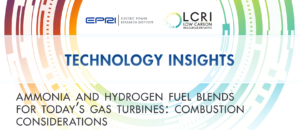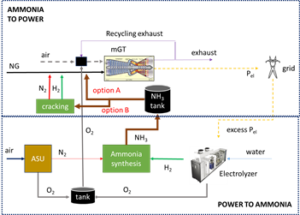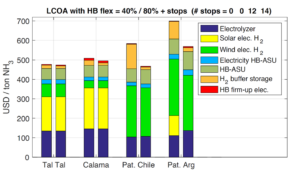The Ammonia Wrap: 30 GW Power-to-X project in Mauritania and more
Welcome to the Ammonia Wrap: a summary of all the latest announcements, news items and publications about ammonia energy. This week: a 30 GW Power-to-X project in Mauritania, green hydrogen and ammonia in Egypt, €8 billion for 62 hydrogen projects in Germany, Cummins' electrolyser gigafactory in Spain, Ammonia engine development in Portugal and Shchekinoazot gets a new decarbonisation partner.









